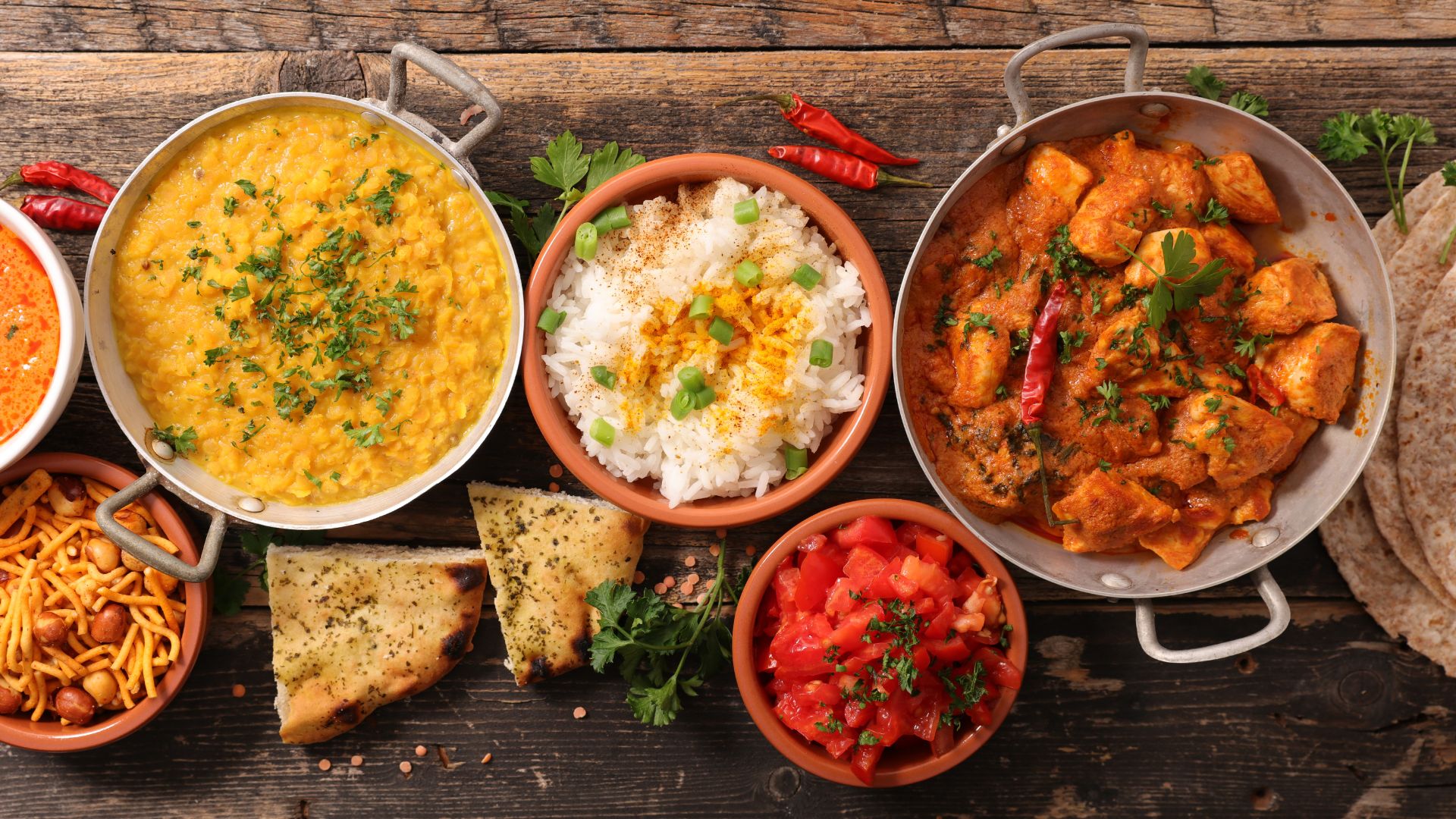Once a delicacy reserved for private kitchens and old-world steak dens in Manhattan and Milan, dry-aged beef has found a new kind of spotlight—on the tables of Dubai’s most discerning diners. You’ll now find it resting behind glass in boutique butcheries or showcased in open kitchens where the ageing process is part of the theatre.
And there’s a reason it holds that kind of presence.
Dry-ageing changes a steak from something good to something unforgettable. The flavour is deeper, the texture is more forgiving, and when it hits the grill, it reacts like it’s meant to be there. When it’s done right (with a bold Syrah or a neat Japanese single malt next to it), there’s nothing else you need.
Because from the moment it’s aged to the moment it’s served, every step leaves its mark.
What Makes a Dry-Aged Steak Worth Waiting For?
Dry-ageing began as a necessity in pre-refrigeration Europe, where meat was hung in cool cellars to improve tenderness and flavour. By the early 20th century, American steakhouses, such as Keens in New York (established in 1885), had refined this method into a culinary art.
Today, Dubai has embraced this heritage with precision and flair. Top kitchens now age prime cuts for 30 to 60 days, showcasing them in glass-fronted chambers like prized art. It's about the experience: curated menus, maître d’s who know your cut, and sommeliers pairing the right vintage.
Dry-aged steak remains the gold standard because it’s not fast, not easy, and never ordinary.
Why It’s Still the Gold Standard?
Most steaks rely on seasoning, butter, or sauce to make an impression. Dry-aged steak does not. Its depth comes from time, not additions. The meat loses moisture but gains complexity.
Enzymes break down muscle fibres, making each bite more tender. What remains is beef in its most concentrated form: darker, richer, and far more structured than anything freshly butchered.
Here is what separates it from everything else on the table.
- Flavour That Doesn’t Need Help
Fresh steak depends on seasoning or fat for impact. Dry-aged steak brings its own. The ageing process concentrates natural umami, delivering a nutty, savoury depth that’s impossible to replicate with additives. - Texture You Can Count On
Unlike standard cuts that tend to bleed or tear under the knife, dry-aged beef retains its form. The exterior builds a firm crust, while the interior cuts clean, tender, but never soft to the point of collapse. - Aromas You Don’t Forget
Where fresh meat smells raw or metallic, dry-aged steak carries complexity. Notes of aged fat, clean wood, and a subtle sharpness sit on the nose. It smells like it’s been prepared with purpose. - Appearance That Signals Quality
Bright red meat fades quickly. Dry-aged steak darkens with time, the marbling becomes more pronounced, and the surface develops a mature finish. - Cooked by People Who Understand It
This isn’t a cut for trial and error. From controlled ageing to precise grilling, it moves only through hands that know what not to touch. One misstep, and the entire process is lost.
For those who prefer their steak aged properly, grilled precisely, and served without compromise, it’s on the menu at DOORS Dubai. Reserve your table today!
Choosing the Right Cut
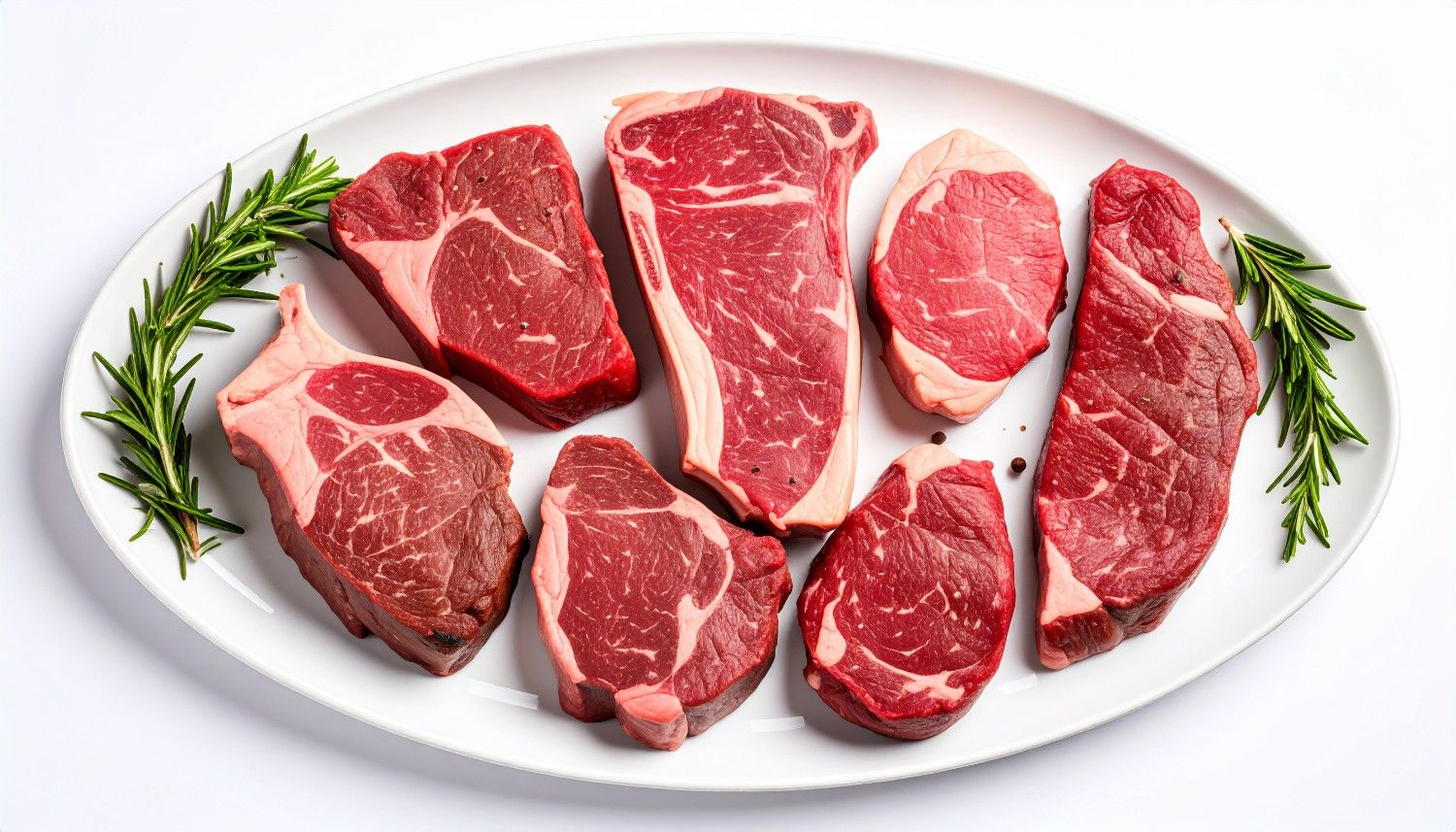
Not every piece of beef is structured to withstand ageing. Some lose moisture too quickly. Others develop off-flavours or dry out before the enzymes do their work. The right cut has structure, marbling, and depth. It holds through the wait and improves with it.
- Ribeye
Built for ageing. The intense marbling holds its integrity through the wait, not melting away but deepening into something silkier. The dry-age process amplifies its natural sweetness and brings a richness that caramelises perfectly under high heat. Ideal for those who want depth without compromise. - New York Strip
A tighter grain, less fat, more muscle. The strip ages well, developing intensity without losing structure. Its consistent thickness and clean bite make it a favourite for those who know exactly how they like their steak. Dry-age turns its modesty into quiet confidence. - Porterhouse
Two cuts, one bone. On one side, the strip; on the other, tenderloin. Age each one together, and you get contrast in every bite: firm and delicate. The bone anchors the process, preserving moisture and inviting flavour to build slowly. It’s for those who know how to take their time. - Bone-In Anything
The bone matters. It insulates, it slows, it deepens. Cuts aged on the bone develop complexity that boneless can’t achieve. Flavour moves deliberately, not quickly, creating a finished piece with more weight and memory. It’s for a plate that doesn’t need explaining.
Once the cut is decided, the rest of grilling a dry-aged steak stops feeling like a task.
When you’re working with the right cut, half the job is already done. At DOORS Dubai, the menu features a curated selection of dry-aged steaks, each carefully chosen for its ability to withstand time, heat, and high expectations.
Preparation is the Ritual
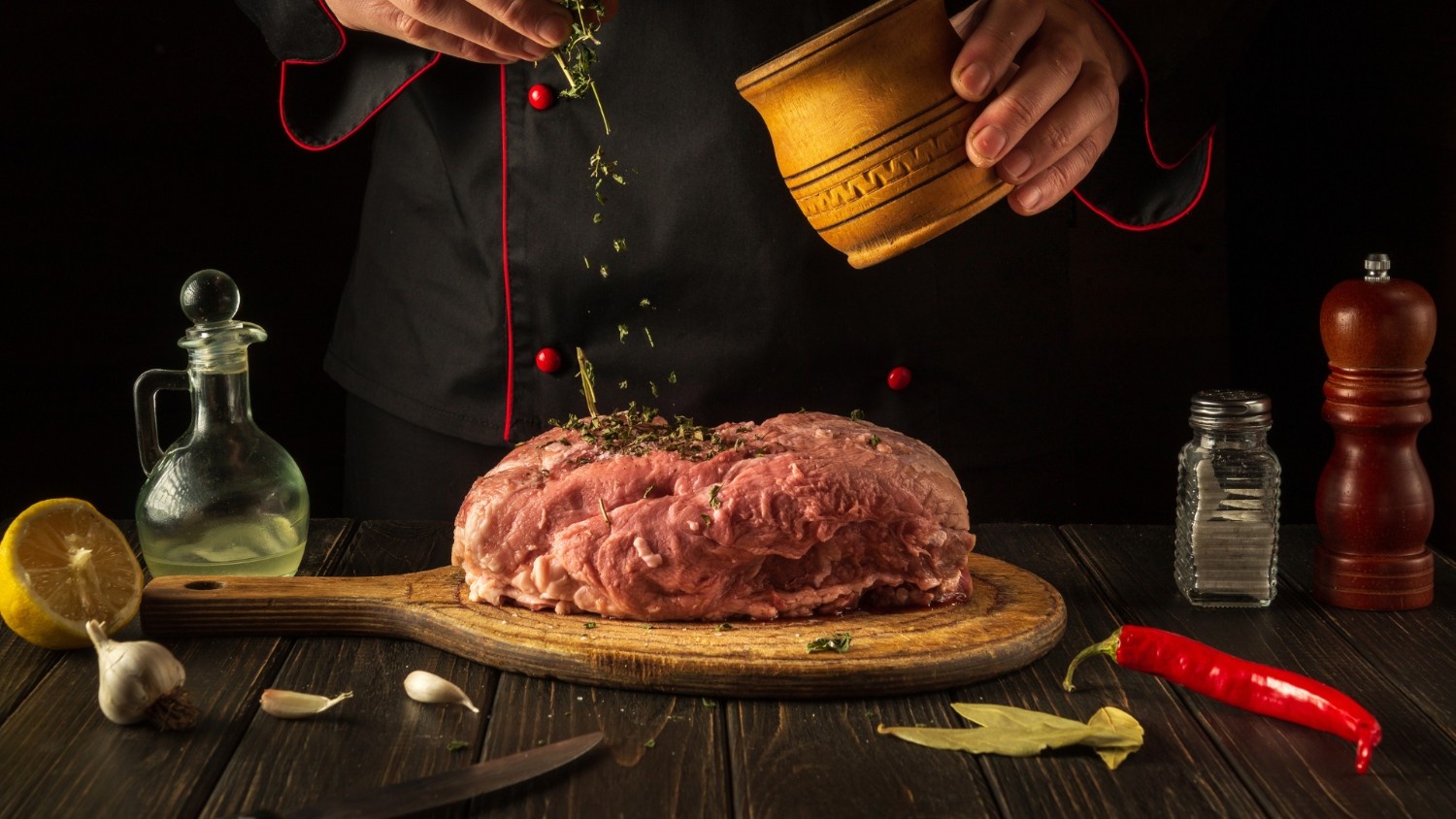
Dry-aged steak isn’t improved at the last minute. By the time it reaches your hands, or the kitchen pass, it’s already been through weeks of controlled ageing, moisture loss, and enzymatic change. What’s left is concentrated flavour and a finer texture. However, that precision can be compromised by rushed handling.
The right preparation doesn’t add anything. It protects what’s already there. Temperature, timing, and restraint all serve one purpose: to let the steak show up precisely as it should.
Step One: Let it Breathe
Bring out your steak, at least 2 inches thick and dry-aged for 30 to 45 days. Leave it out for 45 minutes to reach room temperature. The nutty aroma begins to rise. This moment lets the flavour unfold before it ever touches heat.
Step Two: Salt Without Apology
Use Maldon sea salt or fine pink Himalayan crystals. Be generous. These flakes pull out just enough moisture to amplify the steak’s natural richness. No rubs or seasoning blends. The ageing has already done the work. Don’t interrupt it.
Step Three: Heat with Purpose
Use a Japanese carbon steel skillet or a well-seasoned cast-iron skillet. For flame, choose binchōtan charcoal. It burns steadily. No marinades, no loud oils. A light brush of cold-pressed grapeseed oil is enough to let the meat shine.
Step Four: Build the Crust
Place the steak and let it be. No poking, no flipping back and forth. You’re looking for a deep sear, a crisp outer layer with rendered fat that speaks for itself. Flip only once when the crust tells you it's ready.
Step Five: Rest Like You Mean It
Transfer to a wire rack and tent loosely with foil. Let it rest for 10 to 15 minutes. The juices settle, the centre softens. Serve as is, or with a small pat of truffle butter. Either way, the steak is the story.
By the time the knife touches it, everything else is already in place, not just on the plate, but in the pace of the evening. What matters now is simplicity, the kind that takes years to master, and only seconds to notice when done right.
If you prefer to serve with nuance, explore 10 steak sauce recipes that complement without overpowering, ideal for Eid or any table that appreciates a good cut.
The Standard for a Clean Grill
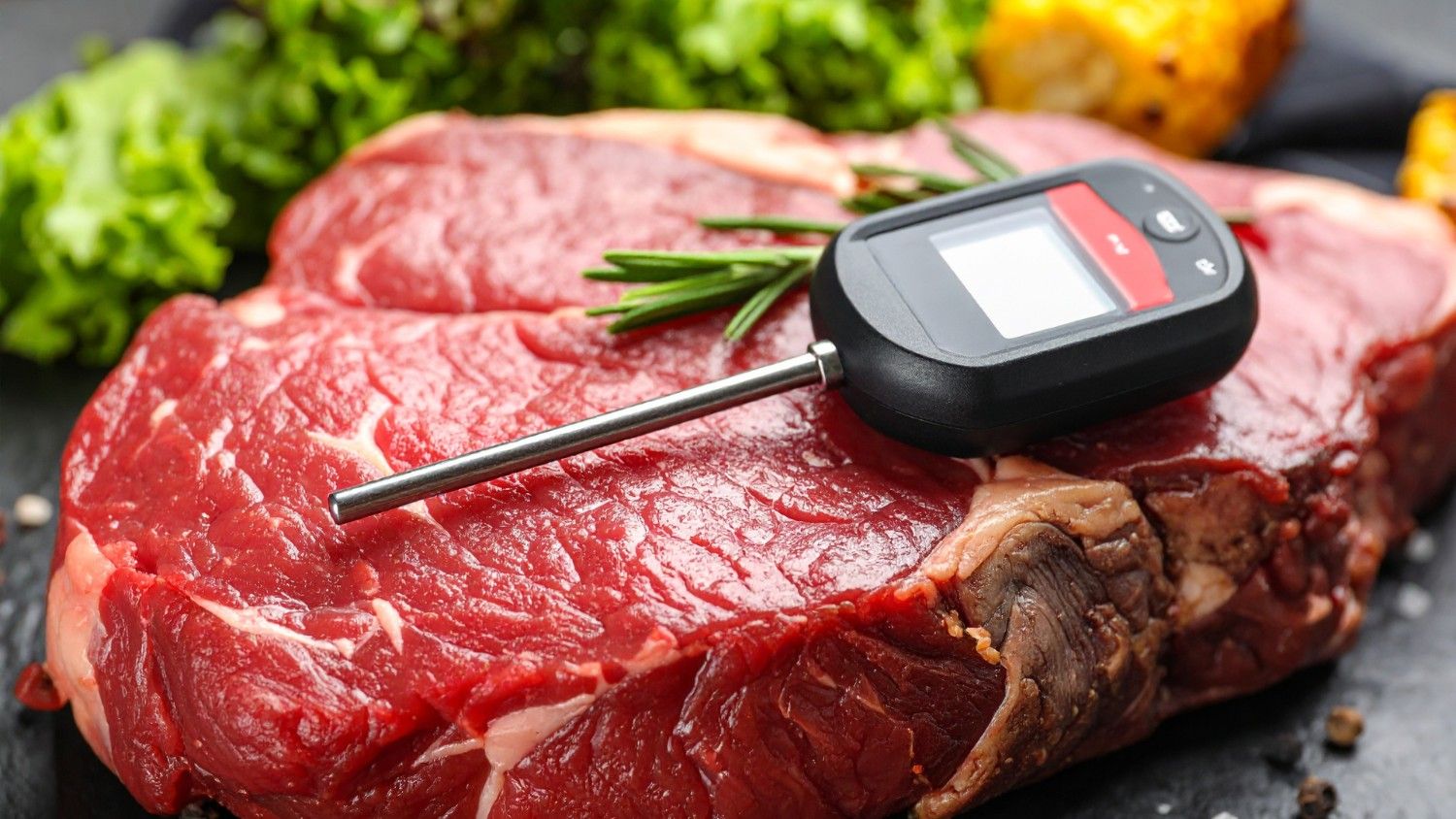
A dry-aged steak needs high heat. Not to shock it, but to seal what the dry-ageing has already concentrated: flavour, texture, intent. The surface should be hot enough that a few seconds of contact gives you a clean, audible sear.
Doneness, when done right, isn’t guessed. It’s timed, felt, and finished with care. If you’re wondering how to tell, it’s simple.
Note: A dry-aged cut, such as a bone-in ribeye or New York strip, achieves its best texture and flavour around medium-rare. The centre stays tender, the marbling breaks down, and the crust holds its structure. That said, preference matters. Cook it the way you prefer it.
Looking to refine your grilling ritual? Dubai Steaks offers thoughtful guides, curated reviews of the city’s finest steakhouses, and invites to experiences worth carving time for.
What Deserves a Place Beside a Dry-aged Steak, Especially in Dubai
Some plates don’t need clutter. A dry-aged steak belongs in a company that knows when to speak and when to stay quiet. In Dubai, where culinary precision meets quiet excess, the right pairing is never far.
- Black garlic purée offers depth that arrives late on the palate, with an earthy, fermented, almost caramelized flavor. It’s the kind of note that works best with a dry-aged ribeye, especially one grilled bone-in.
- Charred leeks bring a softened bitterness, kissed by flame. Paired with a New York strip, they cut through richness without stealing focus.
- Grilled asparagus holds its green line, sharp, clean, and never too forward. It's best with leaner cuts like a sirloin, where texture leads and the flavours are more contained.
- Bone marrow butter, finished with smoked salt, melts on cue. This belongs on everything, but especially a center-cut tenderloin, where it adds the fat the steak doesn’t carry on its own
The pours know their role:
- Bold Syrah: Dark fruit, smoke, and spice. The pepper and smoke mirror the crust, while the fruit rounds out the aged tang.
- Japanese Single Malt: Clean, oaky precision that lingers just right.
- Aged Bordeaux: The tannins smooth out with time, just like the steak does. Together, they land softly but with structure, especially with cuts like tenderloin, where the flavour is subtle.
- Barolo: Earthy and slow, built for dry-aged richness. It doesn’t mask the steak’s complexity; it draws it out.
- Vintage Burgundy: Decanted early, warm with memory. A natural fit for leaner steaks, such as a striploin. Let the meat come through, no interference.
- Amarone: Dense and indulgent, made for silence after the meal
Now all that’s left is to enjoy the meal, with good company and better conversation.
At Dubai Steaks, it’s never just a meal. It's the one you’ll remember and return to.
Dry-aged, Perfectly Grilled, and Finally Yours
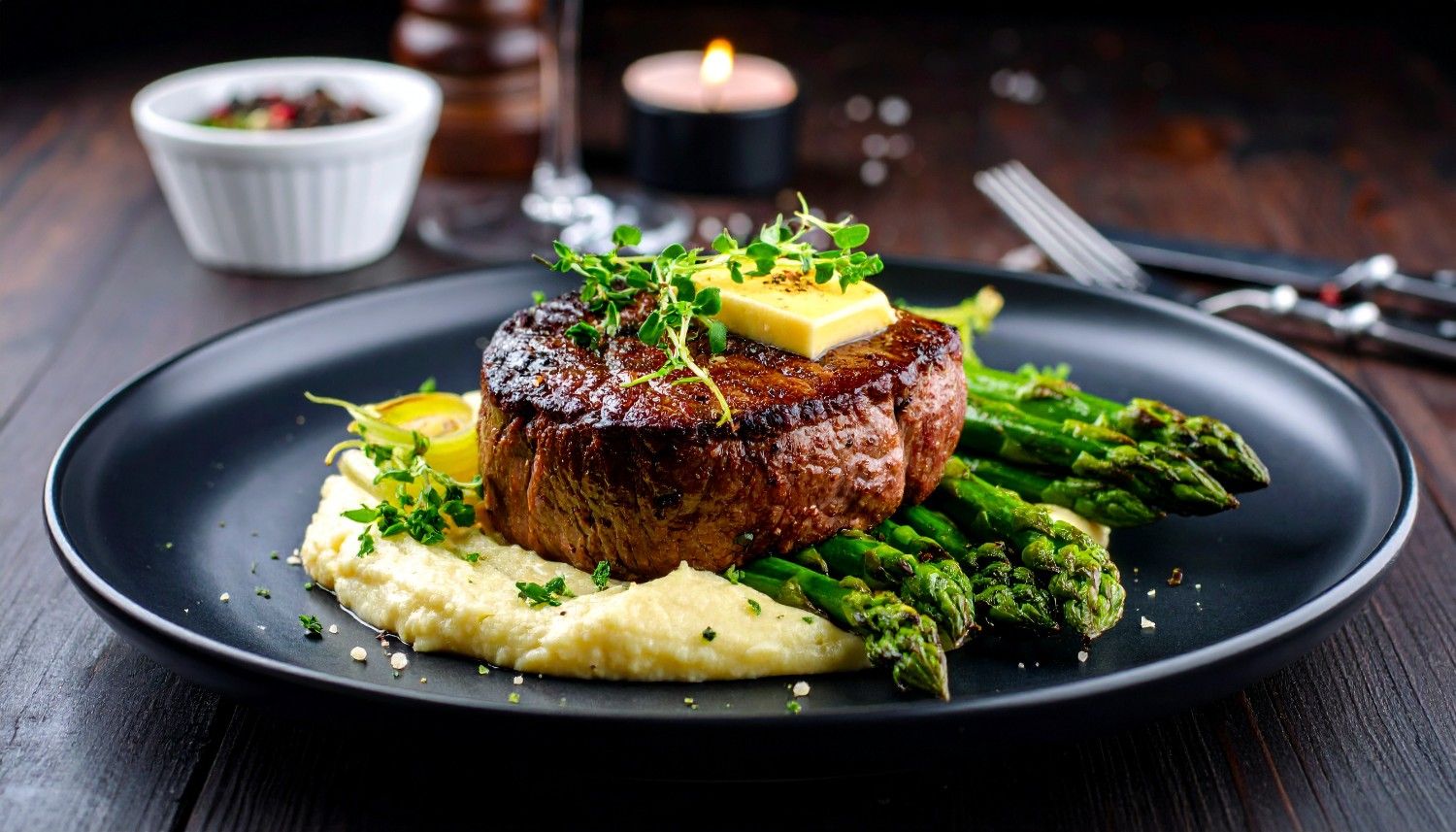
A properly grilled dry-aged steak is defined by its finish. The crust should be deep, even, and well-formed. This is a result of high heat and low interference. Internally, the doneness must carry through without variance: medium-rare means warm, pink, and uniform, centre to edge, with no grey transition.
For those tasting it for the first time, it’s noticeably denser, less bright, and unmistakably savoury. For those familiar, the benchmark is texture,; gentle resistance to the knife, no stringiness, and a finish so rich it needs no explanation.
If the memory alone makes your mouth water, then the steak has done exactly what it was meant to do. That’s how every visit to DOORS Dubai feels.
Frequently Asked Questions
1. Why does dry-aged steak require a different grilling method?
Dry-aged steak is the result of time and intention. Its flavour is rich, its texture refined. Grilling it demands precision. You are not cooking to impress, you are cooking to preserve what nature and time have already perfected.
2. What is the ideal temperature when grilling dry-aged steak?
Aim for medium rare. An internal temperature of 54 to 57 degrees Celsius holds the balance. Sear it hot, let it rest generously. The elegance is in the restraint.
3. Should dry-aged steak be seasoned before grilling?
Keep it minimal. A touch of sea salt, perhaps a hint of pepper, just before grilling. The depth of a well-aged cut does not need layering. It needs space to shine.
4. Can dry-aged steak be grilled indoors and still deliver on flavour?
Yes, provided the heat is well controlled and the steak is properly rested. A heavy cast-iron skillet offers the intense sear required to lock in flavour. Ventilation is key, but absolute precision lies in not rushing the process. Allow the crust to form naturally without constant turning
5. Where in Dubai can I enjoy a perfectly grilled dry-aged steak without grilling it myself?
At DOORS Dubai Mall. The experience is curated, the cuts are exceptional, and the service knows when to step in and when to step back. This is where the top blade meets its moment.





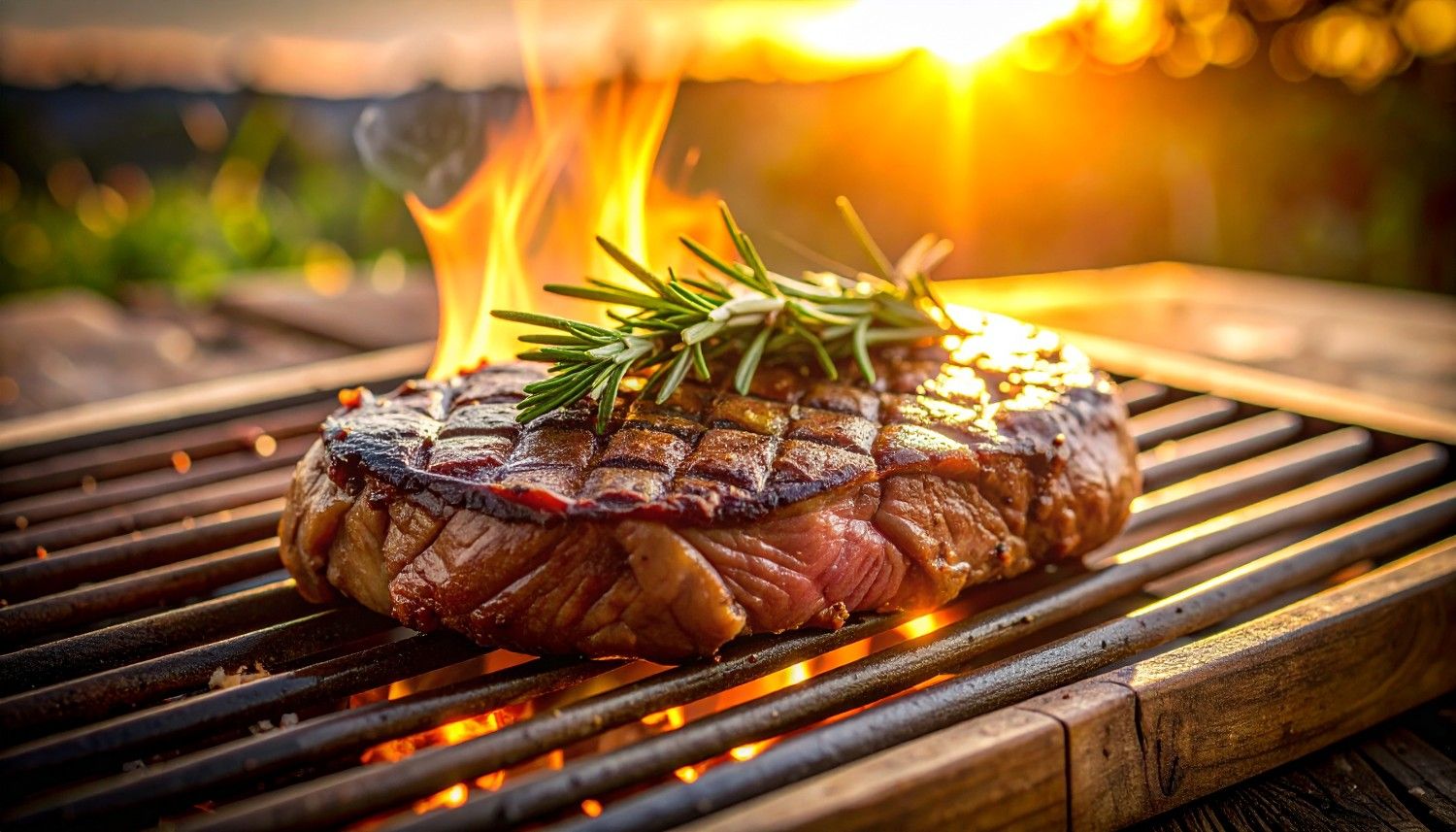
.png)
.svg)
